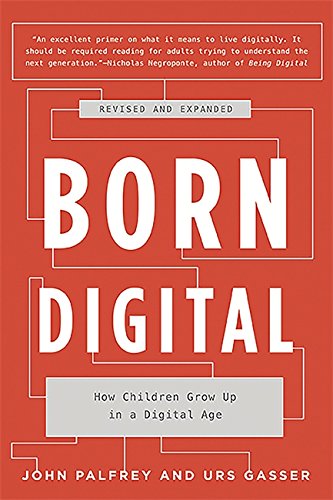The Tower of babel and your school's mission
From the did-you-know files: There are approximately 7,400 languages spoken on the planet. Of these, 900 languages are spoken by fewer than 100,000 individuals. Nearly half of all humans speak a language from the Indo-European family as their native language – this family includes Spanish, English, German, French, Hindustani/Hindi-Urdu, Portuguese, Russian, Punjabi, Latin (my favorite – I am a former Latin teacher), etc. This remarkable linguistic and cultural diversity will not exist in the future. Most predict that about 90% of languages will be extinct, meaning there are no native speakers, within the next century.

We can catch the barest glimpse of this within our own experiences. For example, national news and the internet have brought flat accents and regularized speech patterns, vocabulary, and semantics to a wider audience. This is usually called “General American” or the “newscaster accent” and is similar to the phenomenon of the British Received Pronunciation. I like to call it the Tom Brokaw effect – Brokaw, Walter Cronkite, and Johnny Carson are usually credited with broadening the appeal of this dialect. In this age of the internet of things where we are more connected to each other than ever before, we are simultaneously leveling many playing fields by providing access to a wider world (a good thing), while also enlarging the playing fields of the dominant groups (maybe not a good thing?). Is there a slippery slope that should concern us?
When working with trustees, senior leaders, or presenting workshops, I like to do an activity where participants list the top five things they think their school is really good at and the top five things they think the school really struggles to be good at. As they are debriefing and sharing with each other, numerous similarities emerge, one of which is the drive to balance tradition with innovation. Put this another way and it is the need to find the fulcrum between the advancing tide of change, some of it radical and some of it progressive, and the sense that the past holds keys to the future.
Every school has its own language, its own lexicon that drives the way we talk to each other on campus. I think we would all agree that the language we use in schools has new additions to it. We now talk about maker space, design thinking, collaborative learning, mastery, the sharing economy, micro schools. We use the language of futurists and innovators and look for the changes that will lead us forward. We have some language that all schools in the throes of educational change share and other language that is unique to our campus that remains regardless of external influences. At the end of the day, we all use language, but it does not always make us understand each other. While most of the current linguistic diversity will not exist in the future, and perhaps some of the current pedagogical diversity will not exist in the future either, we will continue to have to work harder to understand and celebrate the differences we can see and those we can’t see in all individuals. Our own slippery slope is about the migration of our mission and being wise enough to understand the language we use might be allowed to change, but what makes us truly unique is foundational to who we are.
As for what language will win out in the future, here is a brief review from the Washington Post of some of the different ways to approach that question. And although Latin probably won’t make a comeback as the last native Latin speakers probably died about thirteen centuries ago, I could make a case that those speaking French, Spanish, Italian, etc. are really speaking Latin with a strange accent.
Born Digital: How Children Grow Up in a Digital Age, by John Palfrey and Urs Gasser. As the back jacket says, “… for parents, teachers, and the myriad of confused adults who want to understand the digital present and shape the digital future.”

